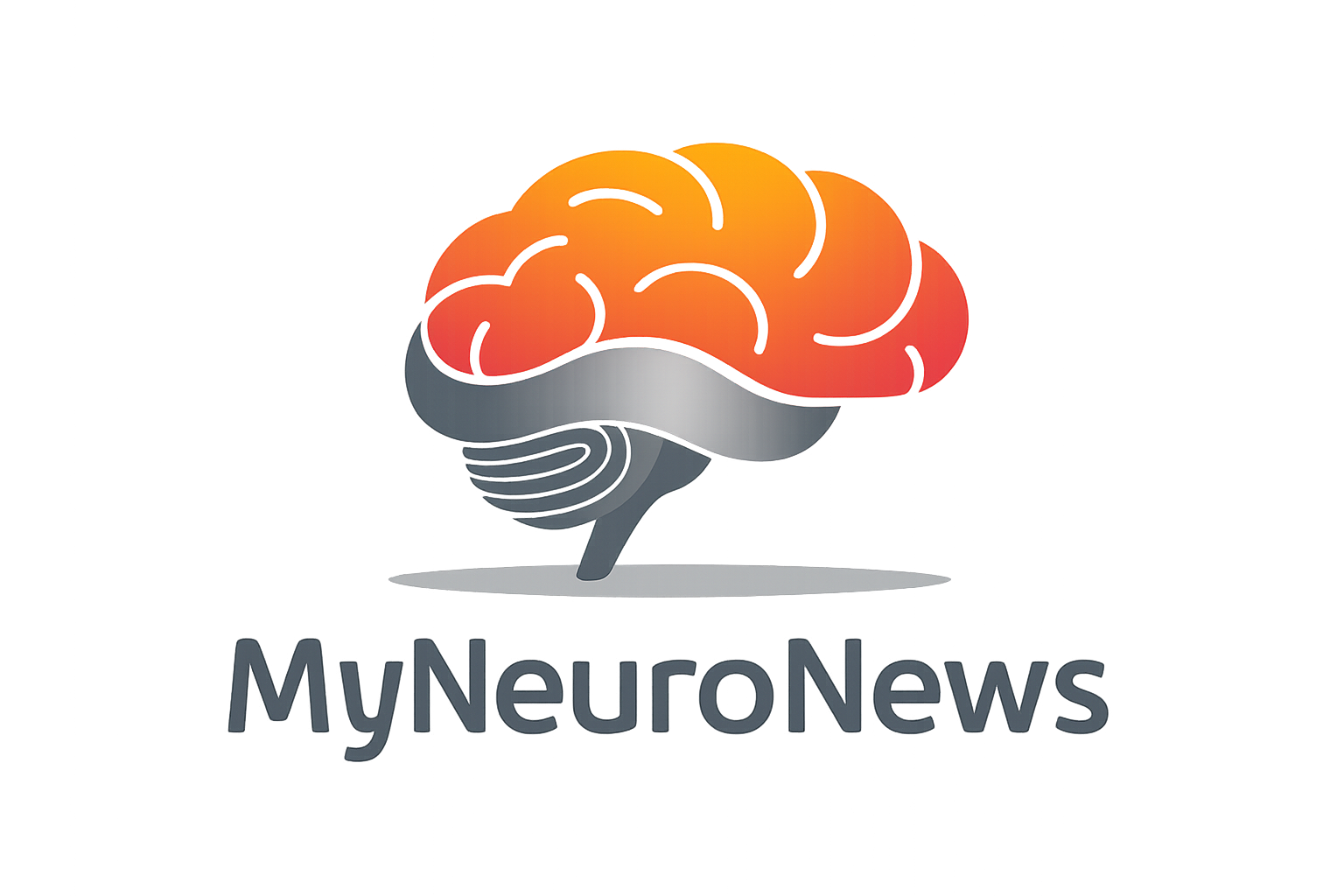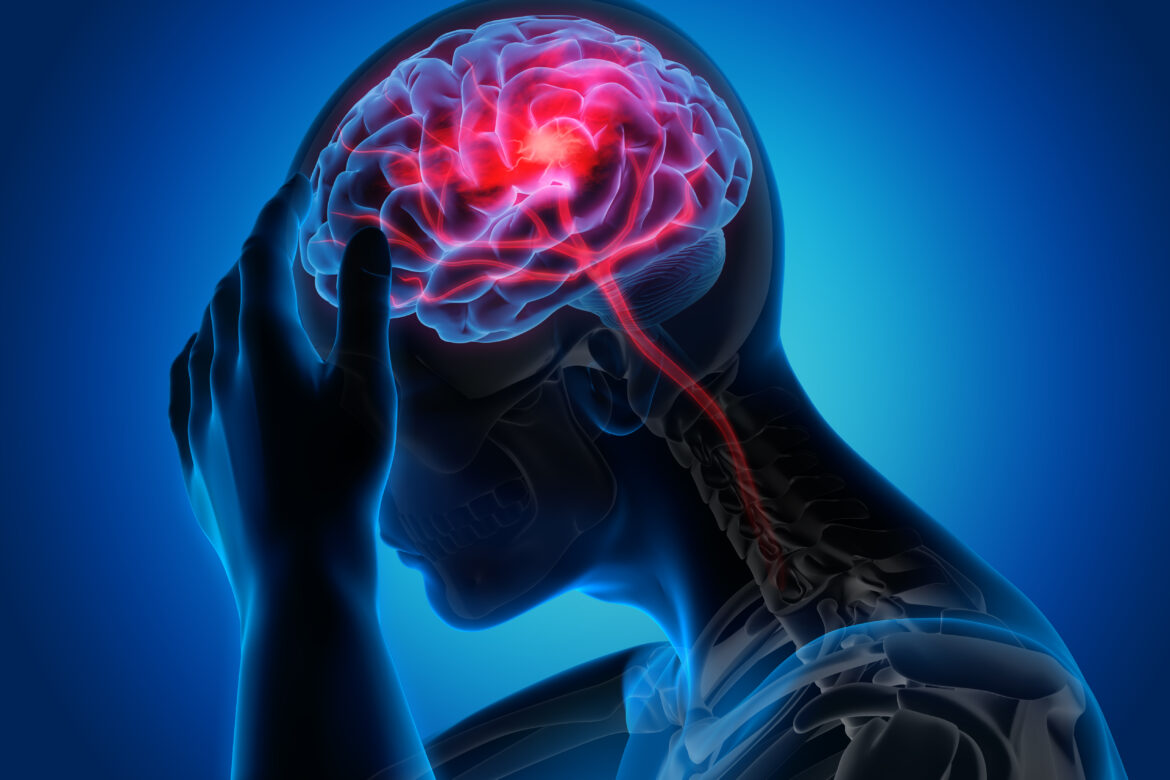Introduction
Functional cognitive impairment (FCI) following mild traumatic brain injury (mTBI) involves a complex interplay of neurological and psychological disruptions that extend far beyond the initial event of head trauma. As a condition often characterized by its invisibility on conventional neuroimaging, FCI manifests through a spectrum of symptoms that significantly impair an individual’s cognitive functions and overall quality of life. This article explores the multifaceted causes of FCI following mTBI, examines the typical symptomatic presentations, evaluates current therapeutic interventions, and discusses the prognosis for individuals affected by this condition. By integrating findings from various studies, this review aims to shed light on the underlying mechanisms that perpetuate cognitive challenges post-mTBI and highlight promising treatment avenues and diagnostic tools that are pivotal in managing and understanding FCI.
Causes
Functional cognitive impairment (FCI) following mTBI can arise from various underlying mechanisms. The primary cause is the brain trauma itself, which disrupts normal brain function. Studies have identified specific factors perpetuating FCI, such as metacognitive impairment, memory perfectionism, and misdirected attention, along with psychological factors like depression or anxiety[2]. Additionally, risk factors like fatigue, headache, and the severity of the initial injury also contribute to cognitive impairment[3].
Symptoms
The symptoms of FCI after mTBI are often subtle and can persist long after the physical injuries have healed. Common symptoms include memory difficulties such as forgetting familiar names or misplacing objects[2]. Despite normal performance on neuropsychological tests, individuals may experience frequent memory lapses in daily activities[2]. Other cognitive symptoms might include difficulties in concentration, decision-making, and problem-solving. These symptoms can significantly affect an individual’s daily functioning and quality of life.
Treatment
Currently, there are limited specific treatments for FCI following mTBI. However, some therapeutic approaches have shown promise. Transcranial Direct Current Stimulation (tDCS) is one such non-invasive brain stimulation technique that has been studied for its potential to facilitate cognitive rehabilitation in TBI patients[7]. This technique may help in improving cognitive functions and motor recovery by stimulating specific brain areas. Additionally, cognitive rehabilitation programs, which include memory training and strategies to improve cognitive control, have been beneficial[17]. Pharmacological treatments, such as the use of N-Acetyl-l-leucine, have also been explored for their potential to improve functional recovery and reduce neuroinflammation after TBI[9].
Prognosis
The prognosis of FCI following mTBI can vary widely among individuals. Some may experience a significant improvement in their cognitive functions over time, especially with appropriate rehabilitation and treatment[17]. However, others may have persistent symptoms that last for years or even become permanent. The extent of recovery often depends on the severity of the initial injury, the effectiveness of the treatment administered, and individual factors such as pre-existing health conditions and overall brain health[8]. Studies using imaging biomarkers like [18F]fluorodeoxyglucose positron emission tomography ([18F]FDG-PET) have begun to provide insights into the prognosis by identifying patterns of brain activity associated with cognitive impairment[5].
In conclusion, FCI following mTBI is a complex condition influenced by a variety of factors. While the symptoms can be challenging, ongoing research into therapeutic interventions and diagnostic tools offers hope for better management and understanding of this condition.
Citations:
[1] https://pubmed.ncbi.nlm.nih.gov/36576018/
[2] https://pubmed.ncbi.nlm.nih.gov/37602857/
[3] https://www.semanticscholar.org/paper/64ac2add1bbf32a86b7e1ce123fba7a4bb5e12f3
[4] https://pubmed.ncbi.nlm.nih.gov/35556696/
[5] https://pubmed.ncbi.nlm.nih.gov/38661540/
[6] https://www.semanticscholar.org/paper/1dda0d4650822d07c3168f0d30ca229a01c091db
[7] https://www.ncbi.nlm.nih.gov/pmc/articles/PMC9129743/
[8] https://www.ncbi.nlm.nih.gov/pmc/articles/PMC6465546/
[9] https://www.ncbi.nlm.nih.gov/pmc/articles/PMC8084982/
[10] https://www.semanticscholar.org/paper/59bfbbfe8b73d4d4ff401325898b4dd8bf9dbaa5
[11] https://www.ncbi.nlm.nih.gov/pmc/articles/PMC9529484/
[12] https://www.ncbi.nlm.nih.gov/pmc/articles/PMC8822689/
[13] https://www.ncbi.nlm.nih.gov/pmc/articles/PMC8878610/
[14] https://www.semanticscholar.org/paper/10cbb88771ccf215027df02c4e5e0a1112c74b84
[15] https://www.ncbi.nlm.nih.gov/pmc/articles/PMC10505337/
[16] https://pubmed.ncbi.nlm.nih.gov/33605188/
[17] https://pubmed.ncbi.nlm.nih.gov/26018041/
[18] https://pubmed.ncbi.nlm.nih.gov/34463779/
[19] https://pubmed.ncbi.nlm.nih.gov/30379702/
[20] https://www.ncbi.nlm.nih.gov/pmc/articles/PMC7539836/

